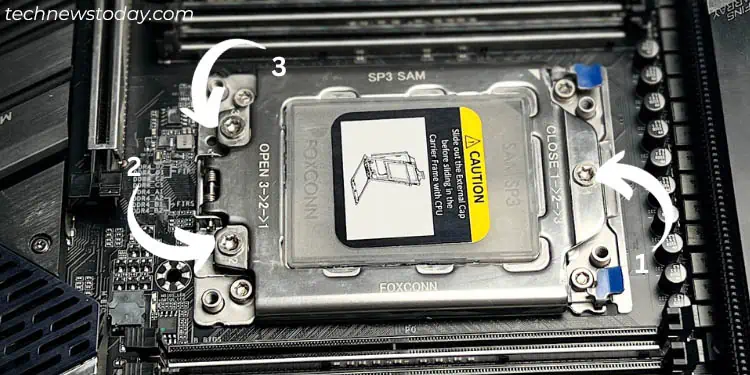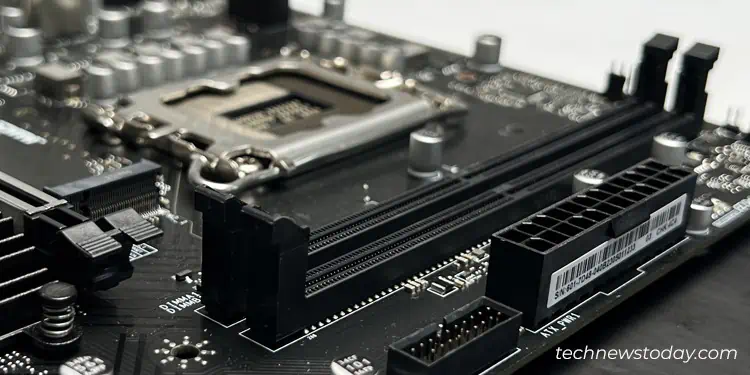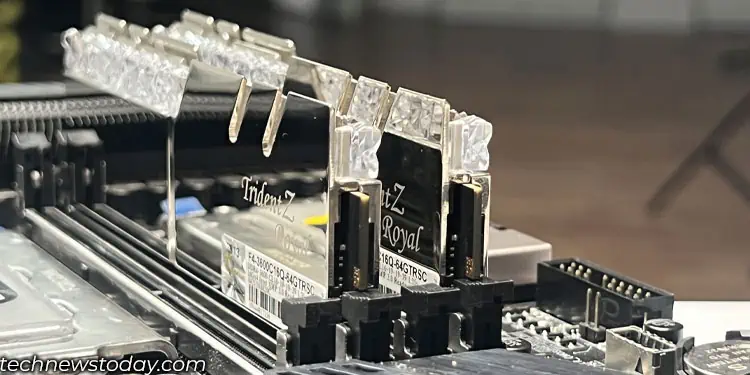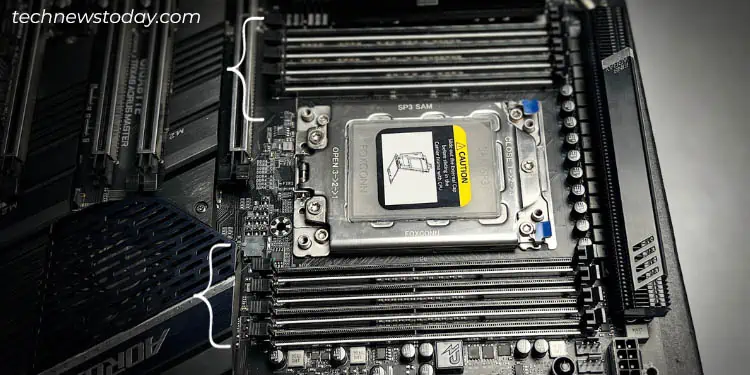For external peripherals, you need to attach the relevant cables to their respectivemotherboard ports. Even the PSU, fans, and front panels require motherboard connection throughdedicated headers.
However, the most basic internal components (like CPU and RAM) are directlymounted/slotted onto the mainboard. They do not require any cable connection and rather need to be secured using latches, screws, or retaining arms.
The most essential one is theCPU socket,which holds your processor. The installation varies slightly depending on whether you own anIntel or AMD board. Right next to it lies a number ofDIMM slots, where your RAM modules can be seated.
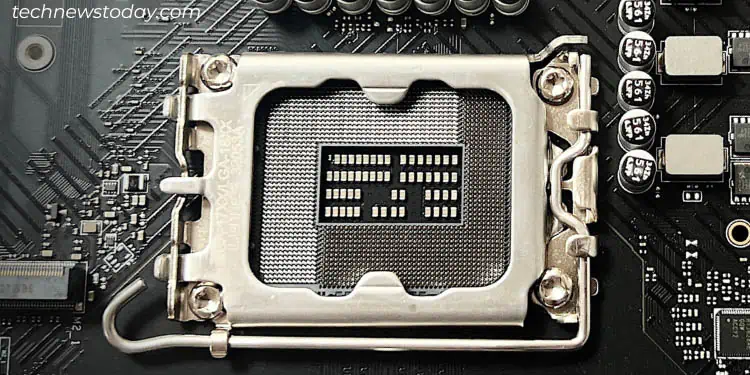
Also, there are expansion slots that hold theGPUs,SSDs,Wi-Fi,RAID, and otheradd-on cards. Today, most motherboards embedPCIeandM.2. While these are considered the standards, there are some legacy ones as well.
In this guide, I will be covering all the slots/sockets on motherboards. This should help you better understand their functionalities and use cases.
Note:The terms‘slot’and‘socket’have different meanings. Nonetheless, most manufacturers use them interchangeably. For instance, in most ASRock user manuals, M.2 is referred to as a ‘socket’ while MSI nomenclates them as a ‘slot’. Likewise,‘CPU socket’and‘CPU Slot’are both correct.
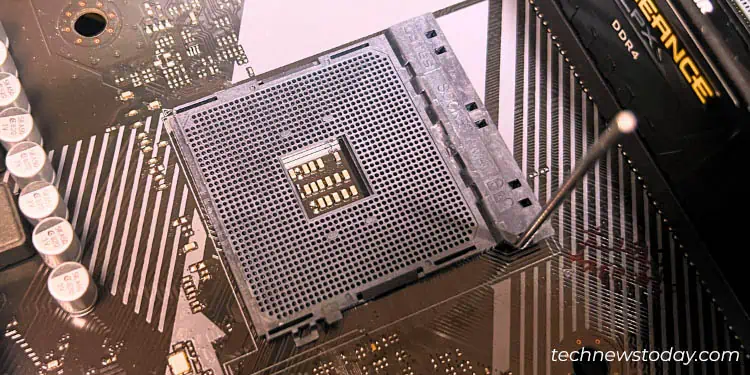
The brain of your computer – the CPU isn’t soldered onto the PCB. That being said, you’ll have to install it manually, keeping in mind the appropriate alignment. This varies based on the socket type, which is different for Intel and AMD.
ModernIntel processorsuse theLGA (Land Grid Array)configuration. Meaning, you’ll find pins on the motherboard’s CPU socket and electric contact pads on the bottom surface of the processor.
On the other hand, mostAMD processorsuse thePin Grid Array(PGA)packaging. This means the pins are embedded at the bottom surface while the motherboard sockets contain tiny holes.
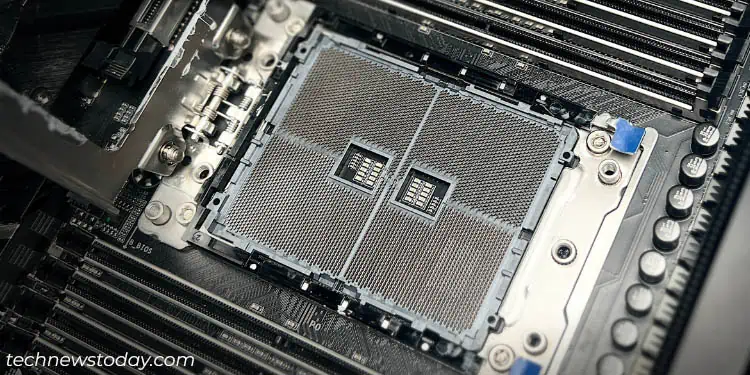
However, there are still exceptions. AMD socket variants (F,C32,G34,SP3,TR4,sTRX4, andAM5) utilize LGA surface-mount packaging. Likewise, some older Intel ones with the naming convention in‘Socket’used PGA (likeSocket 370,Socket 423,Socket 495, etc.).
Apart from LGA and PGA, legacy motherboards even came withDIP,PLCC, andedge connector/slotpackaging. However, these have gone obsolete and shouldn’t be of much concern for modern-day desktops.
If you have everexamined the specifications, you’ve likely come across different socket names. For Team Blue, there’s a certain number after ‘LGA’, which basically signifies thenumber of pins. For instance,LGA 1700means there are a total of1700 pinson the CPU socket.
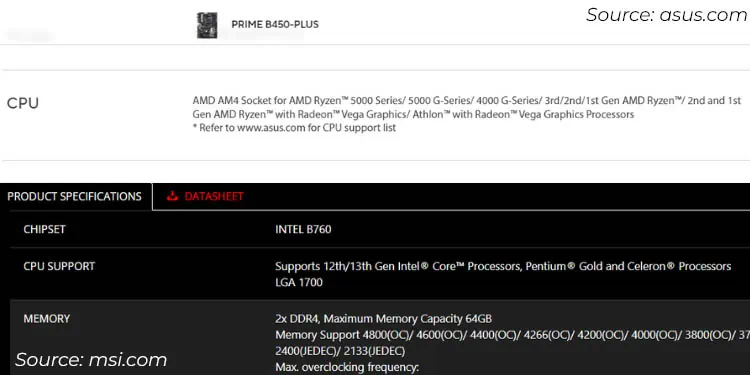
But if you’re on Team Red, the sockets will have the following indications –AM3,AM4,AM5,TR4,sTRX4, etc.
These socket types tell you whether theCPU generation is compatible with the motherboard. For instance,LGA 1700supportsAlder LakeandRaptor Lakeprocessors. So, trying any other CPU (say,Kaby Lake) will not work.
Coming back to installation, the slots often have aretention armthat secures the CPU. Some other boards, like the one illustrated below (Gigabyte AORUS TRX40 MASTER), might have ametal load plate withmultiple screws.
